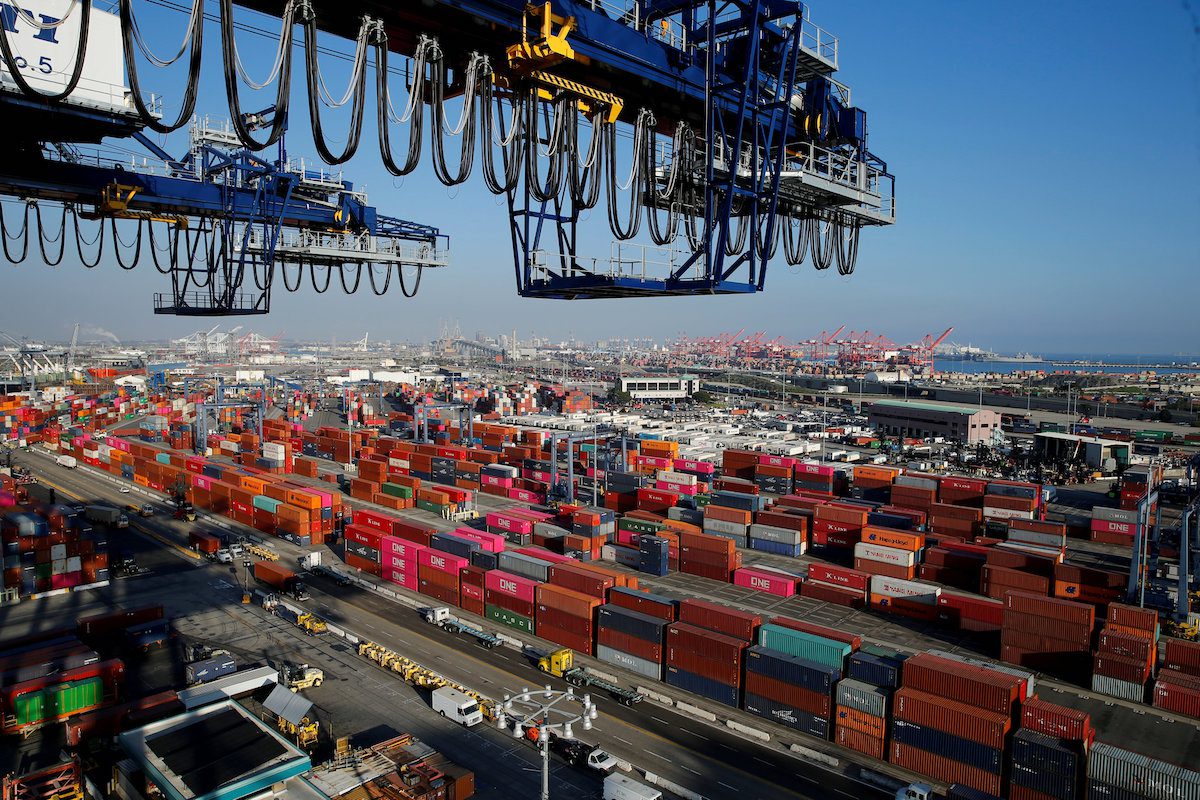Falling Tanker Rates Lift U.S. Crude Exports
Falling tanker rates are improving the export outlook for US crude, and prices for light sweet barrels, in particular, are getting a lift.


Imports at the United States’ major retail container ports are expected to see a sharper-than-usual decline this month as the coronavirus causes factory shutdowns in China, according to a new report by the National Retail Federation and Hackett Associates.
“February is historically a slow month for imports because of Lunar New Year and the lull between retailers’ holiday season and summer, but this is an unusual situation,” NRF Vice President for Supply Chain and Customs Policy Jonathan Gold said. “Many Chinese factories have already stayed closed longer than usual, and we don’t know how soon they will reopen. U.S. retailers were already beginning to shift some sourcing to other countries because of the trade war, but if shutdowns continue, we could see an impact on supply chains.”
February is now forecast to be down 12.9 percent year-over-year at 1.41 million TEU, while March is expected to down 9.5 percent year-over-year at 1.46 million TEU. Before the coronavirus outbreak, the NRF had forecast February at 1.54 million TEU and March at 1.7 million TEU.
For comparison, February 2019 retail imports were 1.62 million TEU, according to the NRF.
“Projecting container volume for the next year has become even more challenging with the outbreak of the coronavirus in China and its spread,” said Hackett Associates Founder Ben Hackett. Hackett Associates partners with the NRF to track port volumes through their Global Port Tracker product.
“It’s questionable how soon manufacturing will return to normal, and following the extension of the Lunar New Year break all eyes are on what further decisions China will make to control the outbreak,” Hackett said.
U.S. ports tracked handled 1.72 million TEUs in December, representing a 1.8 percent from the previous month, but down 12.4 percent from unusually high numbers at the end of 2018 ahead of a scheduled tariff increase that was ultimately postponed, the NRF said.
December is the latest month of finalized numbers released by the NRF.
December’s figures brought 2019’s total of 21.6 million TEU, a 0.8 percent decrease from 2018 amid the ongoing trade war but still the second-highest year on record, the NRF notes. Imports during 2018 hit a record of 21.8 million TEU, partly due shippers racing to import goods ahead of anticipated 2019 tariffs.
January imports fell 3.8 percent to 1.82 million TEU compared to January 2019.
U.S. ports tracked included in the NRF’s Global Port Tracker report are the ports of Los Angeles/Long Beach, Oakland, Seattle and Tacoma on the West Coast; New York/New Jersey, Port of Virginia, Charleston, Savannah, Port Everglades, Miami and Jacksonville on the East Coast, and Houston on the Gulf Coast.

Sign up for gCaptain’s newsletter and never miss an update

Subscribe to gCaptain Daily and stay informed with the latest global maritime and offshore news
Essential news coupled with the finest maritime content sourced from across the globe.
Sign Up